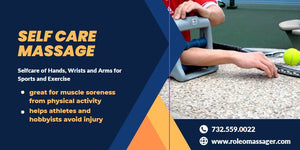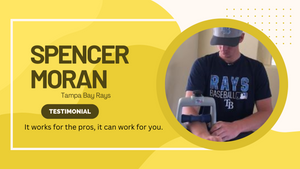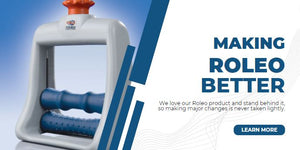Carpal Tunnel Self-Care: Saving Hands… and Money

Many people think Carpal Tunnel Syndrome is not a big problem. Let’s look at the numbers from various studies published in the last twenty years:
- An estimated 10% of the U.S. population suffers from conditions like Carpal Tunnel Syndrome (CTS) and Repetitive Strain Injuries (RSI), as many as 30,000,000 individuals.
- Women are 3 times more likely than men to develop CTS, and this difference increases during pregnancy.
- Nearly 60 percent of computer office workers nationwide suffer from wrist pain.
- "Work-related musculoskeletal disorders are the most widespread occupational health hazard facing our nation today," says Charles N. Jeffries of the U.S. Department of Labor, and “can put people out of work for months and even permanently disable them."
- Every year more than 500,000 people in the US undergo surgeries for CTS, even though “[c]arpal tunnel surgery has about a 57% failure rate” within 6 years.1
- The cost to American businesses from RSIs has been estimated at anywhere from 20-100 BILLION dollars. For individual patients in 2007 in Washington State alone, “the cumulative excess loss of earnings…was 197 million… to 382 million… 45,000-89,000 dollars per claimant.”2
- Sadly, only 23% of all CTS patients returned to their previous professions following surgery,3
Not a big problem? CTS and RSI is an epidemic, medical and financial, with individual, organizational, national and even global repercussions. So why, with all our information, technology, and advances in medicine and fitness, do these conditions still have such a major impact?
Conventional treatments are expensive and time-consuming (physical therapy, doctor’s visits), or risky, painful, often ineffective, and with dangerous side effects (surgery, medication). Or require wearing an uncomfortable brace for months or even years. The treatment seems worse than the condition.
CTS and RSI are caused by repetitive motions, for example, typing on a computer all day. Muscles rub against the bones, ligaments and nerves in the wrist. Inflammation causes swelling, which compresses nerves. In severe cases, the nerve sheathes become damaged, causing chronic, debilitating pain.
Several years ago, as a therapist with chronic hand and wrist pain at a very busy LA day spa, I knew massage could help. One study concluded that, “the combination of massage and trigger-point therapy is a viable treatment option for carpal tunnel syndrome and offers a new treatment approach.”4 But massage can be expensive, and even massage therapists don’t have the time.
Self-massage, the study said, is also effective, but difficult to perform without training, and further contributes to strain in the massaging hand. Regular stretching, rest, and icing the area, when inflamed, are also important.
I had an idea to address this dilemma. I sketched it on a napkin. It looked like a miniature of an old clothing wringer. I scraped up money to pay a design firm to make a working prototype:

In the break room at the spa, my colleagues tried it on break and after work. It felt great, and it helped.
Getting the product manufactured is a whole other story, but years of design and prototypes have culminated in the current version of the Roleo Arm Massager (pat.pen.):

Roleo sits on your desk or table. It has suction cups that the user can easily install for true one-handed operation. The knob increases or decreases the pressure of the rollers. All you do is slip your hand and arm between the rollers, up to the elbow, and move the arm slowly in and out, holding the pressure on “trigger points,” or tight sections of muscle, and letting these points release. Rolling replicates effleurage strokes, which move blood and lymph in and out of the area. By combining the muscle-stripping action with trigger point, muscles release, and symptoms are eased or resolved.
Here’s a video demo of the Roleo Arm Massager: https://www.youtube.com/watch?v=_Uv5kjHu_HQ
Roleo can be used as needed. A few minutes a day is usually sufficient to ease and prevent symptoms. People who find it too intense may use it on the lightest setting and even wear a sleeve to cushion the sore areas.
With stretching (good stretching video: https://www.youtube.com/watch?v=1KRtQppsUHc), icing, and rest, Roleo can help keep you pain free and on the job. It can be used alone or as part of a treatment plan including chiropractic and physical therapy. And at a very low cost when compared to other methods, it is well worth a try. Best of all: NO SIDE EFFECTS. Don’t wait until you need surgery. Be proactive and self-treat with Roleo (or massage), stretching, rest and ice.
- Paul Kleiman





